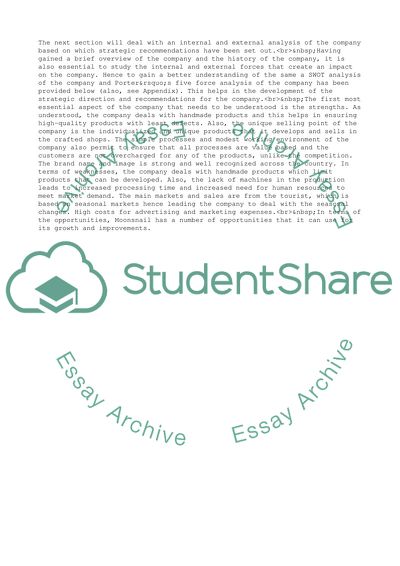Cite this document
(“Moonsnail Strategic Management Accounting Essay”, n.d.)
Moonsnail Strategic Management Accounting Essay. Retrieved from https://studentshare.org/management/1569021-strategic-management-accounting-case-study
Moonsnail Strategic Management Accounting Essay. Retrieved from https://studentshare.org/management/1569021-strategic-management-accounting-case-study
(Moonsnail Strategic Management Accounting Essay)
Moonsnail Strategic Management Accounting Essay. https://studentshare.org/management/1569021-strategic-management-accounting-case-study.
Moonsnail Strategic Management Accounting Essay. https://studentshare.org/management/1569021-strategic-management-accounting-case-study.
“Moonsnail Strategic Management Accounting Essay”, n.d. https://studentshare.org/management/1569021-strategic-management-accounting-case-study.


